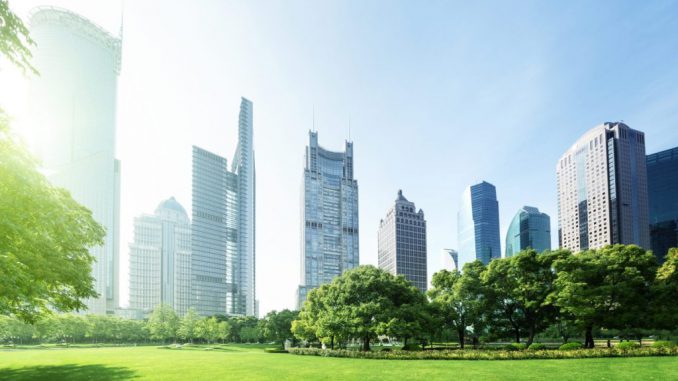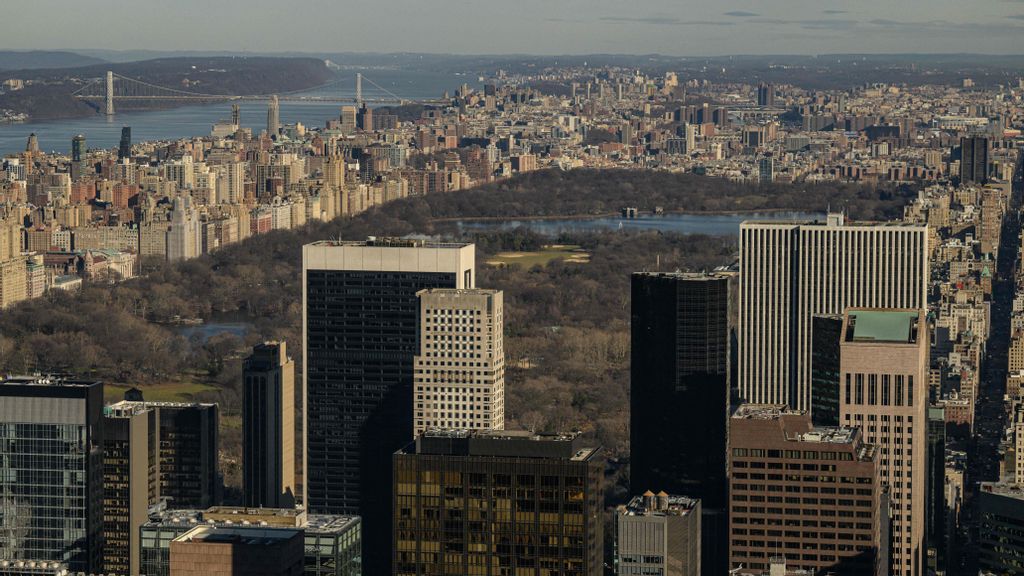
Visiting a park or communal gardens three or four times a week really is an antidote to ill health for people who live in cities, according to a new study.
Researchers found lower use of drugs for depression, anxiety, insomnia, high blood pressure, and asthma among urban residents who often visit green spaces – regardless of their income or level of education.
A Finnish team said that the frequency of visits to urban green spaces rather than the amount or views of them from home might be key to lower use of certain prescription meds.
Previous studies have suggested that exposure to natural environments is good for health and well-being, but the evidence is inconsistent.
The Finnish team wanted to find out if the amount of residential green and blue space (bodies of water), frequency of green space visits, and views of green and blue spaces from home might be separately associated with the use of certain prescription meds.
They chose prescription meds as a proxy for ill health and those for anxiety and insomnia, depression, high blood pressure, and asthma, in particular, because they are used to treating common and potentially serious health issues.
They drew on the responses of 16,000 randomly selected residents of Helsinki, Espoo, and Vantaa. The three cities make up the largest urban area in Finland.
The survey gathered information on how city dwellers, aged at least 25, experience residential green and blue spaces within a one-kilometer radius of home.
Participants were also asked to report their use of prescribed meds – drugs for anxiety, insomnia, and depression, collectively known as psychotropic drugs; high blood pressure and asthma drugs – if applicable, for periods ranging from within the past week up to more than a year ago or never.
They were also asked how often they spent time, or exercised outdoors, in green spaces, during May and September, with options ranging from never to five or more times a week.
And they were asked whether they could see green or blue spaces from any of their windows at home, and if so, how often they took in those views, with options ranging from seldom to often.
Green spaces were defined as forests, gardens, parks, castle parks, cemeteries, zoos, herbaceous vegetation associations such as natural grassland and moors, and wetlands. Blue spaces were defined as the sea, lakes, and rivers.
Potentially influential factors – including outdoor air pollution and noise, and household income and educational attainment – were also considered.

The final analysis included around 6,000 participants who provided complete information.
The findings, published in the journal Occupational and Environmental Medicine, showed that the amount of residential green and blue spaces, or views of them from home, weren’t associated with the use of prescription meds for mental health, insomnia, high blood pressure or asthma.
But the frequency of green space visits was. Compared with less than one weekly visit, visiting three or four times weekly was associated with 33 percent lower odds of using mental health meds, 36 percent lower odds of using blood pressure meds, and 26 percent lower odds of using asthma meds.
The equivalent figures for visiting at least five times a week were 22 percent, 41 percent and 24 percent lower, respectively.
Senior researcher Dr. Anu Turunen said: “These observed associations were weakened when weight was factored in, particularly for asthma meds, as obesity is a known risk factor for asthma.
“The effects of visiting green spaces were also stronger among those reporting the lowest annual household income. But overall, the associations found didn’t depend on household income and educational attainment.”
She said Finland has a high level of forest cover, while Finnish cities are relatively green, making it easy for those willing to use green spaces to access them with minimal effort.
However, Turunen, of the Finnish Institute for Health and Welfare, added: “Mounting scientific evidence supporting the health benefits of nature exposure is likely to increase the supply of high quality green spaces in urban environments and promote their active use.
“This might be one way to improve health and welfare in cities.”
Produced in association with SWNS Talker.
Recommended from our partners
The post How Visiting Green Spaces May Help Improve Health Of Urban Residents appeared first on Zenger News.
